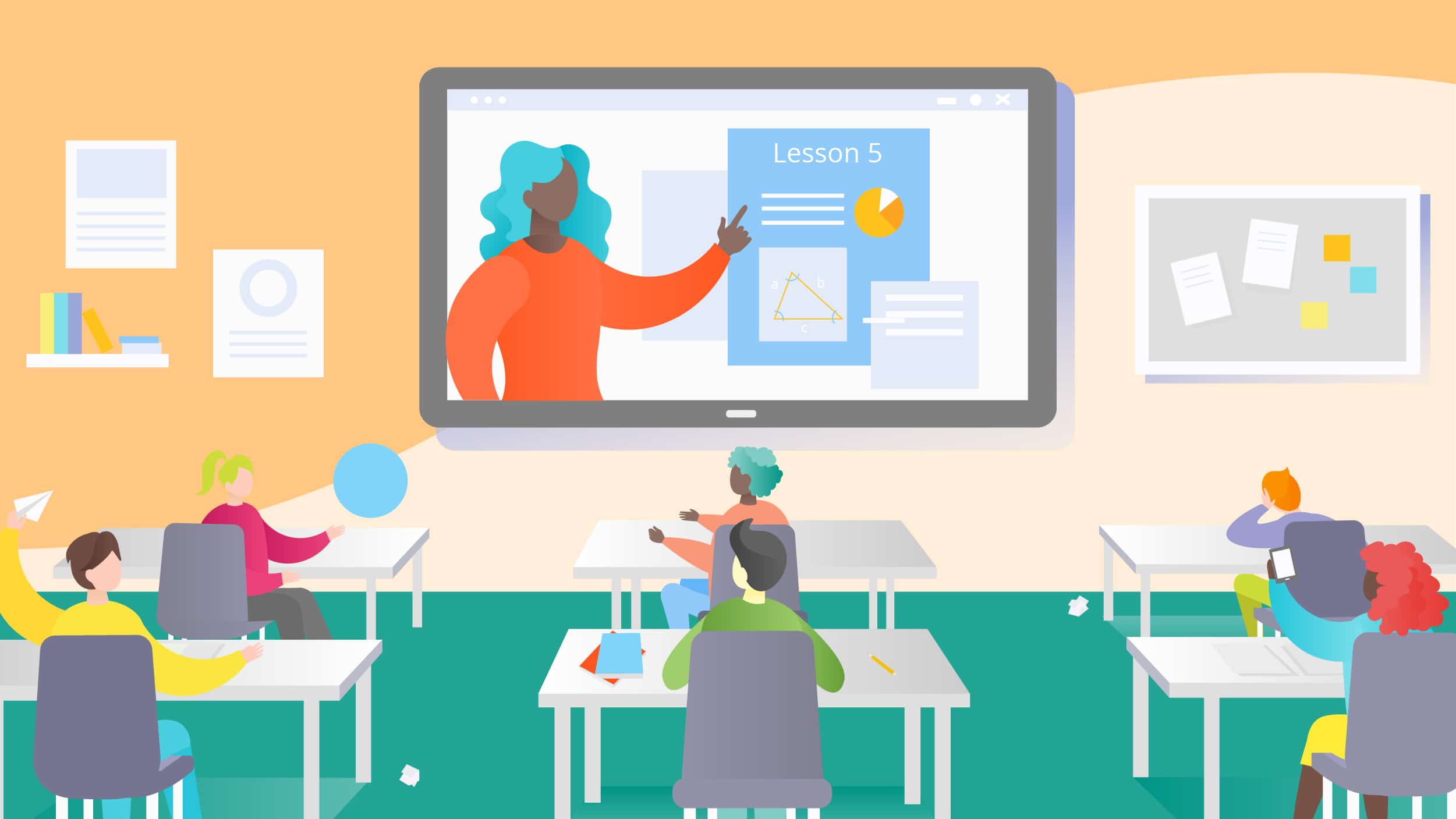The use of technology in education is nothing new. The history of technology in education goes back to the early 1900s. It also goes beyond simple calculators and computers in schools; it includes every aspect of teaching and learning. As information becomes more readily available on the internet, teachers need to be aware of how to harness this resource as part of their teaching and learning practices. The purpose here is not only to highlight some technologies used in classrooms but also to provide some ideas on how these tools can be integrated into your classroom.
Technology integration in Assessment and Evaluation is a key component of the learning experience for all students but especially those with special needs or who may have difficulty accessing information through traditional means. Technology has become an integral part of our lives; therefore, it should be an integral part of our classrooms. Teachers today must be prepared to use technology effectively by integrating it into their daily lessons and activities so that students can benefit from its potential.
Importance of Assessment and Evaluation in Education
According to the Best CBSE schools in India, Technology integration in Assessment and evaluation are two important processes that help teachers to develop their students. These processes are used to evaluate the progress made by students and help teachers plan their teaching strategies accordingly. They provide evidence of how far students have moved from a starting point.
Assessment is the process of judging or measuring a student’s knowledge, skills, or behavior against standards or criteria. Evaluation is an assessment method where students’ work is evaluated before it can be graded or scored. It helps teachers to understand how well students have performed in an assignment and gives them an idea about how they can improve their performance in the future.
Educational technology exists to support teacher instruction and student learning. As such, it can be used to help with both the assessment and evaluation processes.
Advantages of technology integration in assessment and evaluation
Technology can be used to reduce costs by reducing the amount of time needed to complete Assessments and Evaluations, which reduces the number of teachers needed to administer them. The efficiency with which online tests can be administered means that they are cheaper than traditional paper-and-pencil tests. It can be an advantage for schools that don’t have adequate resources to hire enough staff members to administer all their assessments. Another advantage is that online tests can be administered at any time during the school day or even after school hours.
Automated grading and scoring
The most significant advantage of using technology for Assessment and Evaluation is that it allows teachers and administrators to quickly gain access to test results without having to manually grade each test item. Automated grading refers to software programs that automatically grade students’ work based on specific criteria programmed into them by teachers or administrators. These programs can be very sophisticated and provide immediate feedback about their strengths and weaknesses so teachers can better identify areas where students need help learning material taught in class.
Increased efficiency and accuracy
The most obvious advantage of using technology in the assessment and evaluation process is that it can increase efficiency and accuracy. With the use of computers, software, databases, and other technologies, the collection, processing, analysis, and reporting of data can be done more quickly than ever before. It means that test results will be available faster than ever before. It allows teachers to make changes in the classroom immediately. Teachers can also use this time to create new tests or evaluate students’ progress through the school year.
Improved data analysis and reporting
Technology can be used to capture student learning throughout the course. It can take many forms- from online quizzes and tests to more informal assignments. In this way, teachers can easily monitor each student’s progress throughout the course, allowing them to provide individualized support as needed. The data collected through this formative assessment enables teachers to tailor their teaching methods to meet each student’s needs.
Data on student achievement provides useful information for making decisions about curriculum, instruction, Assessment, and Evaluation. With the help of technology tools, data can be collected more efficiently and analyzed more effectively than ever before. These improvements translate into better information for educators to use when planning lessons or evaluating student progress over time.
Real-time feedback and assessment
Real-time feedback can be provided to students through online quizzes, tests, and assignments to review their work before submitting it to their teacher. Students can also receive instant feedback on how well they are doing based on the rubric provided by their teacher. Teachers can also provide feedback directly through online platforms without meeting face-to-face with students after every test or quiz. It allows teachers to focus more on teaching rather than grading papers at the end of each lesson or unit.
Enhanced engagement and motivation
When students are given a choice in how they would like to participate in assessments or evaluations (for example by using computers rather than pencil-and-paper), they are more likely to participate more fully than if they were required to take traditional tests or quizzes administered by their teacher or principal.
Students who choose how to participate in assessments or evaluations are more likely to be motivated by these activities because they see them as less of a chore than traditional testing methods.
Best practices for technology integration in assessment and evaluation

Selecting the right tools and technology
With the increasing adoption of technology, it is important to ensure that we enhance learning and not detract from it. It is also important to ensure we use the right tools for our students.
The best practices will help ensure that the selected tools meet your needs in a way that meets the needs of your stakeholders.
Incorporating a variety of assessment methods
Today, many types of software programs can be used to assess students’ learning and provide feedback on their progress.
Some examples include:
Assessment and Evaluation platforms allow teachers to create assessments online using a variety of question types (e.g., multiple choice, short answer, extended response).
Some platforms also provide rubrics for grading these assessments.
Virtual reality simulations allow students to practice real-world tasks in an immersive environment.
Providing adequate teacher training and support
As per research conducted by Schools in India, Technology has played an important role in all aspects of education; however, it has been most prevalent in the teaching-learning process. The use of computers in classrooms became a major trend at the beginning of this century when the introduction of personal digital assistants such as phones enabled students to access information outside their classrooms. Over the last decade, there has been an increase in computer ownership among students and teachers alike; this provided opportunities for more efficient delivery of instruction by integrating technology into classroom activities
Regularly reviewing and evaluating technology usage
The best way to determine whether your efforts are resulting in positive outcomes is to gather feedback from stakeholders across your organization. You should ask them specific questions regarding how they use technology or what they would like to see changed or improved. This feedback can be used to make adjustments as needed, but also as a way to measure impact over time.
Challenges of technology integration in assessment and evaluation
Several challenges have been identified in technology use in assessment and evaluation. These include:
Technical difficulties
Lack of standardisation
Limited teacher training and support
Concerns about fairness and bias
Balancing technology and traditional methods of Assessment and Evaluation
Conclusion
Technology is an increasingly important part of the assessment process. It can be helpful in both formative and summative evaluation. As we continue to embrace new technology, it will shape assessment for many years to come.
The world of education is changing, and it’s time for many of us to embrace this change and start exploring new ways to improve teaching and learning. Our primary goal as educators should be to enhance student learning and achievement, so if technology can contribute to reaching this goal, why not take a chance to use it?
For any queries related to parenting, schooling, or any student-related tips, click here to check out our latest blogs.









